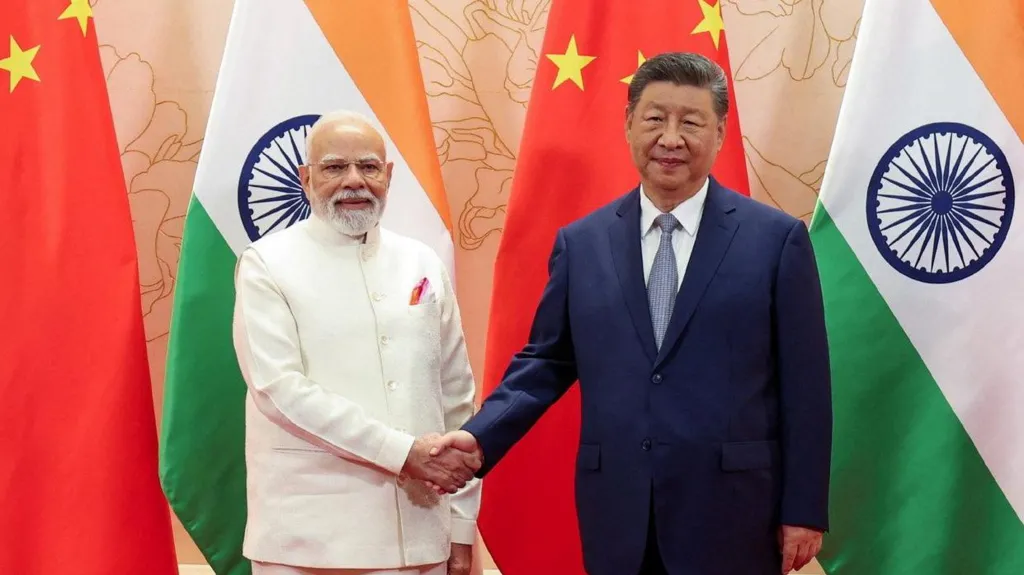After years of simmering tensions and a long-running border dispute, Indian Prime Minister Narendra Modi and Chinese President Xi Jinping have signaled a thaw in relations, declaring their intention to strengthen trust and act as partners rather than rivals. The meeting took place in Tianjin on the sidelines of the Shanghai Cooperation Organisation (SCO) summit, marking Modi’s first visit to China in seven years.
Xi urged both nations to view their relationship from a “strategic height and long-term perspective,” insisting that friendship was the “right choice.” Modi echoed that sentiment, saying there was now an “atmosphere of peace and stability” between the two countries. As a gesture of warming ties, he announced that direct flights between India and China—suspended since deadly Himalayan border clashes in 2020—would resume, though no timeline was provided.
The renewed outreach comes as India faces economic headwinds from the United States. President Donald Trump has slapped steep tariffs on Indian exports in retaliation for Delhi’s continued purchases of Russian oil, while Russia itself remains under Western sanctions for its ongoing war in Ukraine. Against this backdrop, Modi’s pivot toward Beijing underscores a pragmatic effort to seek new economic and diplomatic footing.
The SCO summit—founded in 2001 by China, Russia, and four Central Asian nations to counterbalance Western alliances like NATO—has drawn more than 20 world leaders, including Russian President Vladimir Putin, who arrived in Tianjin to a red carpet welcome. For the city, the gathering has become a spectacle, with illuminated high-rise lightshows, thronged streets, and heavy security as leaders’ motorcades pass through.
While largely symbolic, the summit highlights shifting global alignments at a moment of heightened trade wars, sanctions, and geopolitical rivalries. For India and China, the handshake in Tianjin suggests a tentative reset—one that could reshape the balance of power in Asia if it holds.

